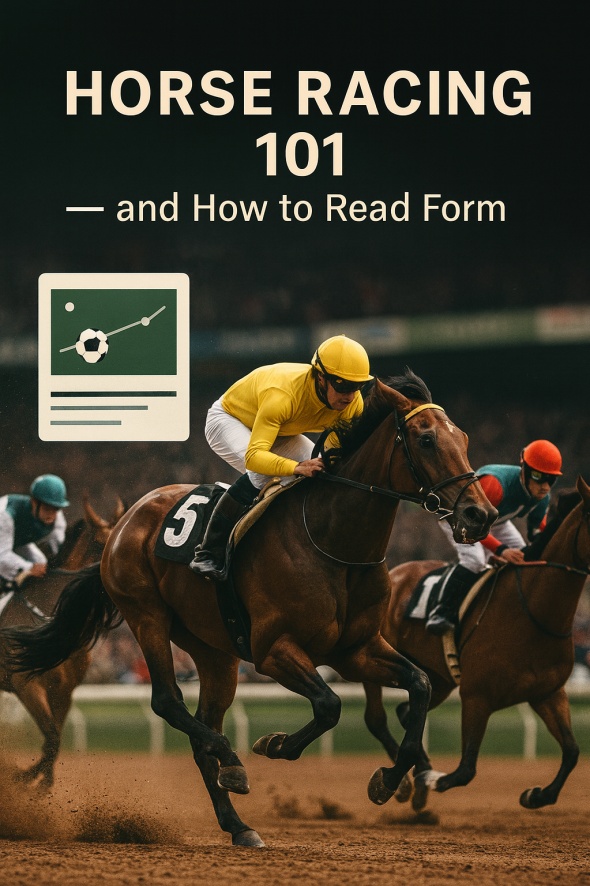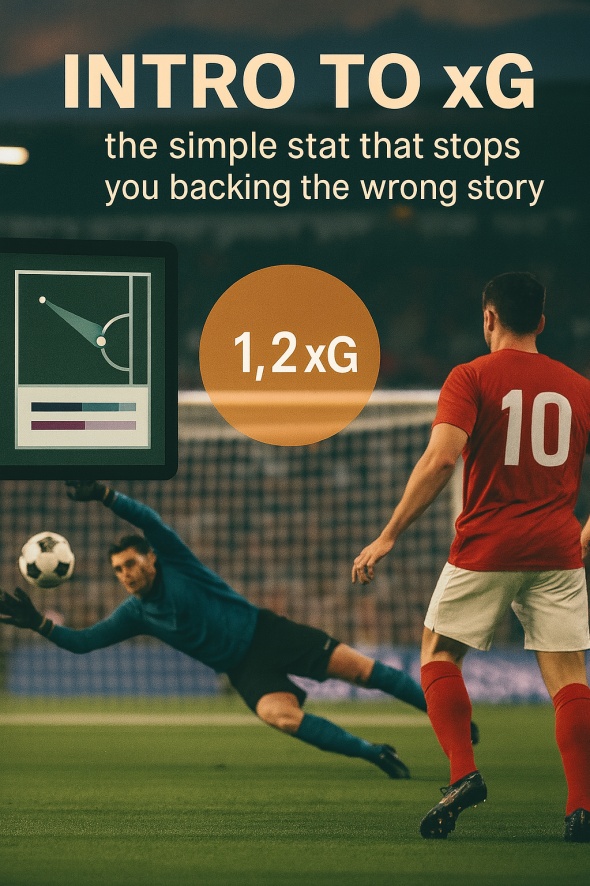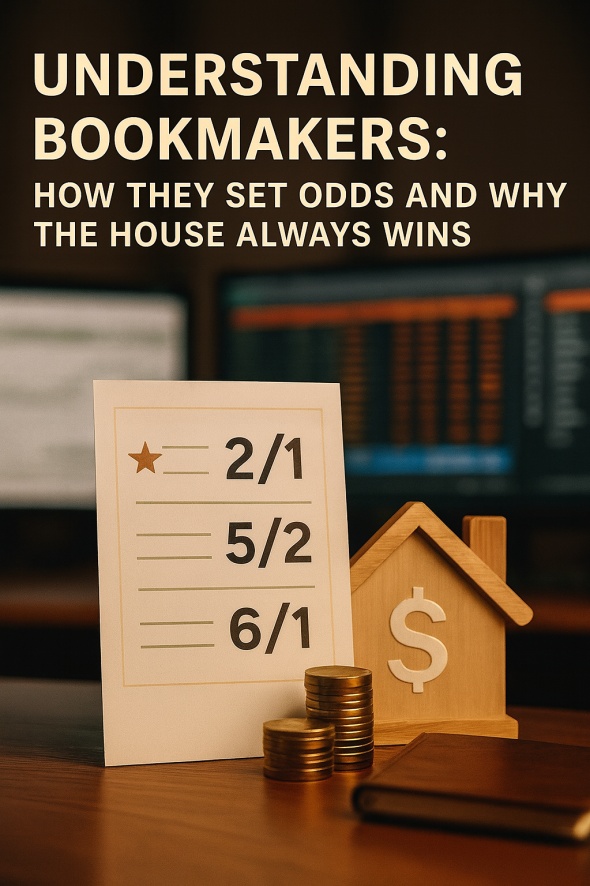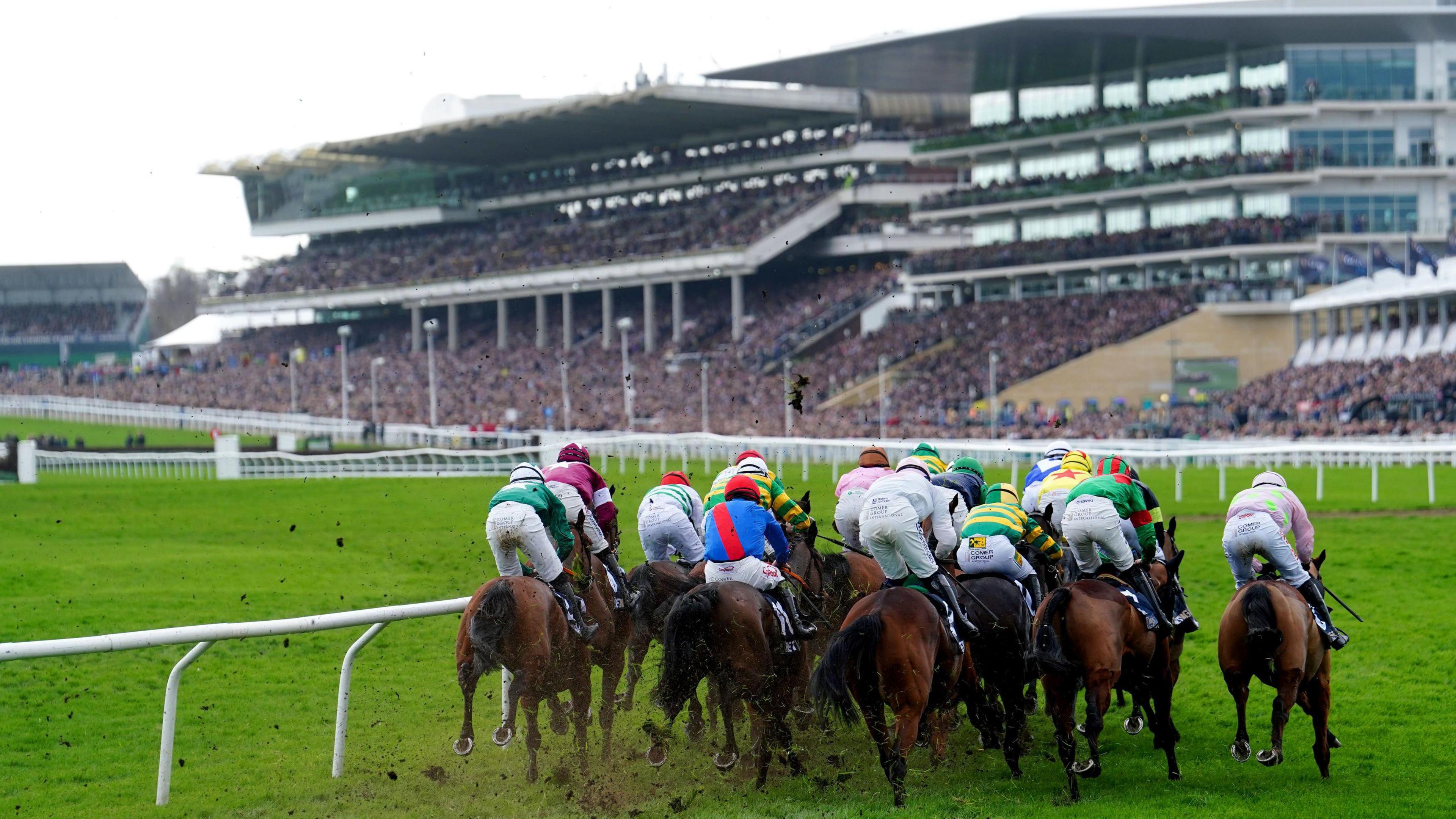
You don’t lose bets because you’re “unlucky”. You lose them because your brain takes shortcuts. Those shortcuts—biases—warp how you read form, prices and risk. The good news: once you can spot them, you can control them. Our training treats bias control as a core skill, not soft fluff.
Six beginner-level biases (and quick fixes)
- Confirmation bias — only seeing what you want to see.
You fancy a side, so you hunt for supportive stats and ignore the rest. That’s not analysis; it’s comfort. Fix: force yourself to list two reasons against the bet before you place it. If you can’t, pass.
- Recency bias — last week’s scoreline = tomorrow’s truth.
Teams can look transformed after one big win, or finished after one bad loss. Short runs lie; longer trends tell the story. Fix: check performance over a larger sample before you act.
- Gambler’s fallacy — “we’re due.”
A losing run doesn’t make a win more likely unless the underlying conditions changed. Football isn’t a roulette wheel, but certain events are still independent. Fix: ask what’s actually different (injuries, tactics, schedule)—if nothing, don’t invent a turn of fate.
- Overconfidence — “I know more than the market.”
This inflates stakes and shreds bankrolls. Results feel like proof, even when they’re just variance. Fix: track your decisions honestly; evidence beats ego.
- Anchoring — stuck on the first price you saw.
Opening odds glue themselves to your brain, so you under-adjust when new information arrives. Fix: refresh your view before placing the bet: “If I saw today’s price first, would I still back it?”
- Outcome bias — judging the decision by the result.
A poor bet that wins is still poor; a sound bet that loses is still sound. Process beats single results. Fix: review how you decided, not just what happened.
Bias isn’t a character flaw; it’s a hidden tax on your bankroll—until you install systems that catch it.
Why emotions supercharge bad decisions
After a near miss or a bad beat, anger and urgency creep in. That’s tilt—the illusion you can “force” a win by betting more or faster. It turns plans into chaos. The only winning move is the pause: step away, cool off, and return when you’re calm. Build this into rules before you need them.
Public narratives make bias worse
Crowds love favourites, home sides and overs—especially after a televised performance—so prices drift in predictable ways. If you follow the noise, you’ll pay the “optimism tax”. If you keep your head, you can find value against the bias when your numbers agree.
Simple systems that beat bias
- A pre-bet checklist (30 seconds):
- Is there value at the current price?
- Have I written one reason not to bet?
- Does the stake fit my bankroll rules?
- Am I calm (not chasing, not euphoric)?
If any answer is “no”, the bet is a pass. Checklists cut through impulse.
1. A basic betting log:
Record date, event, market, stake, odds, result, and a one-line rationale. Over time you’ll see where bias leaks money—Saturday rushes, odds ranges, certain markets—and where you actually win. Data makes bias visible.
2. Time-outs and caps:
Write a stop rule (for example, pause for 24 hours after a tilt trigger; cap daily loss; limit stakes to small units). These rules protect you from your future self.
3. Reframe losses:
Treat losses as tuition, not identity. Review them to improve your process, not to justify revenge bets.
What this means for you
Bias doesn’t vanish—you get better at catching it. With a checklist, a log, and clear limits, you’ll place fewer, better bets—and you’ll stop paying the hidden tax on price and discipline. This article is one slice of a structured system we teach in depth inside our Professional Training—from bias control and mindset to market timing and selection rules.
Download Turn the Tide
Sign up now (Professional Training membership, with Beginner and VIP options)
Discover More about EdgeVerge
Join EdgeVerge today and experience the difference that professional sports analysis and insights can offer, or download the Turn the Tide 10 Step Guide to learn more.






